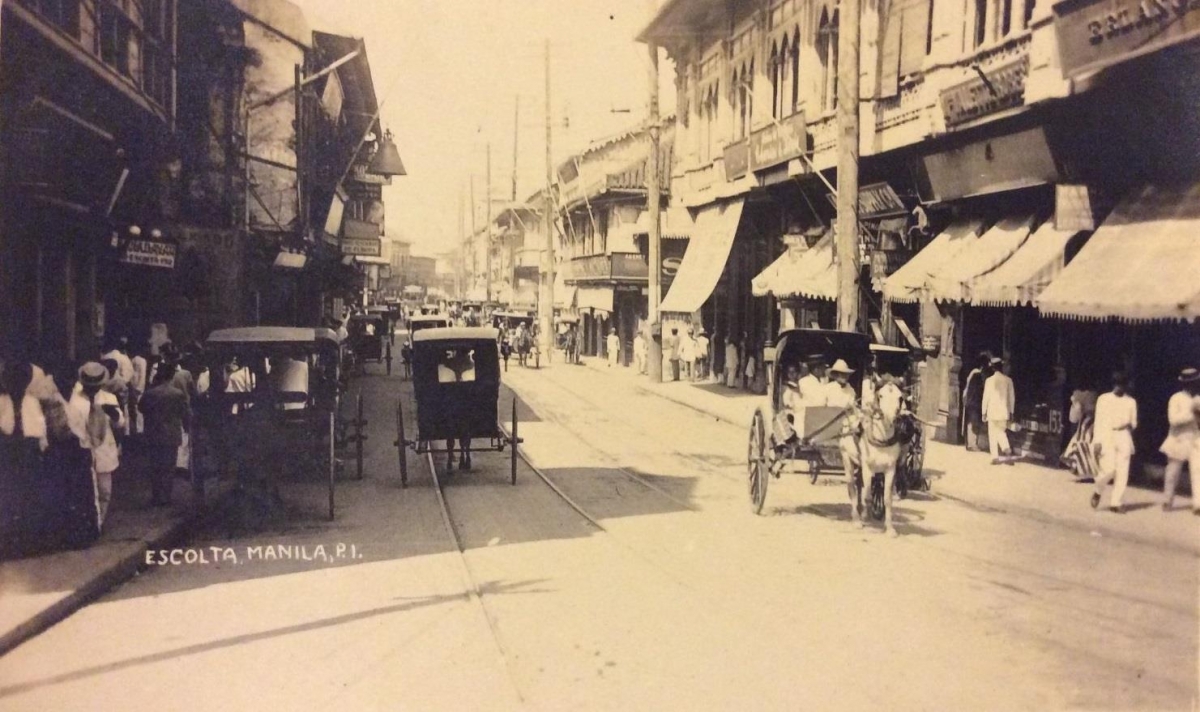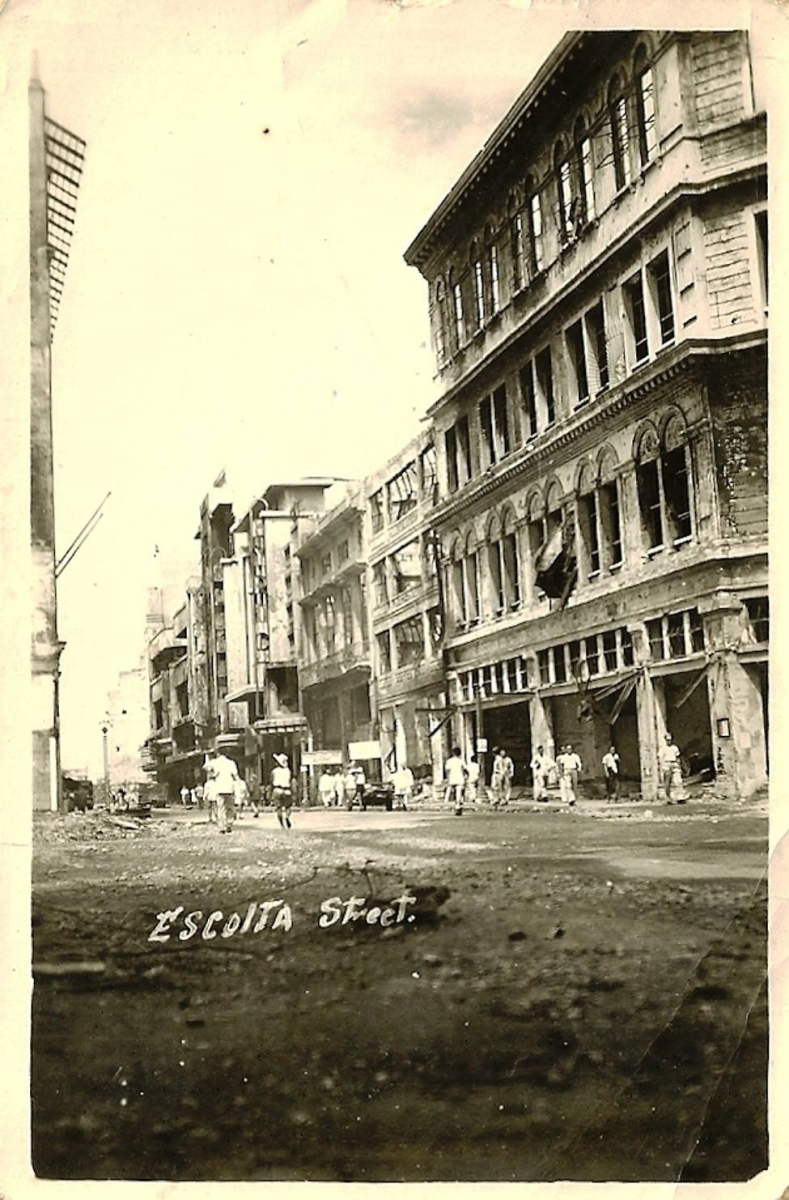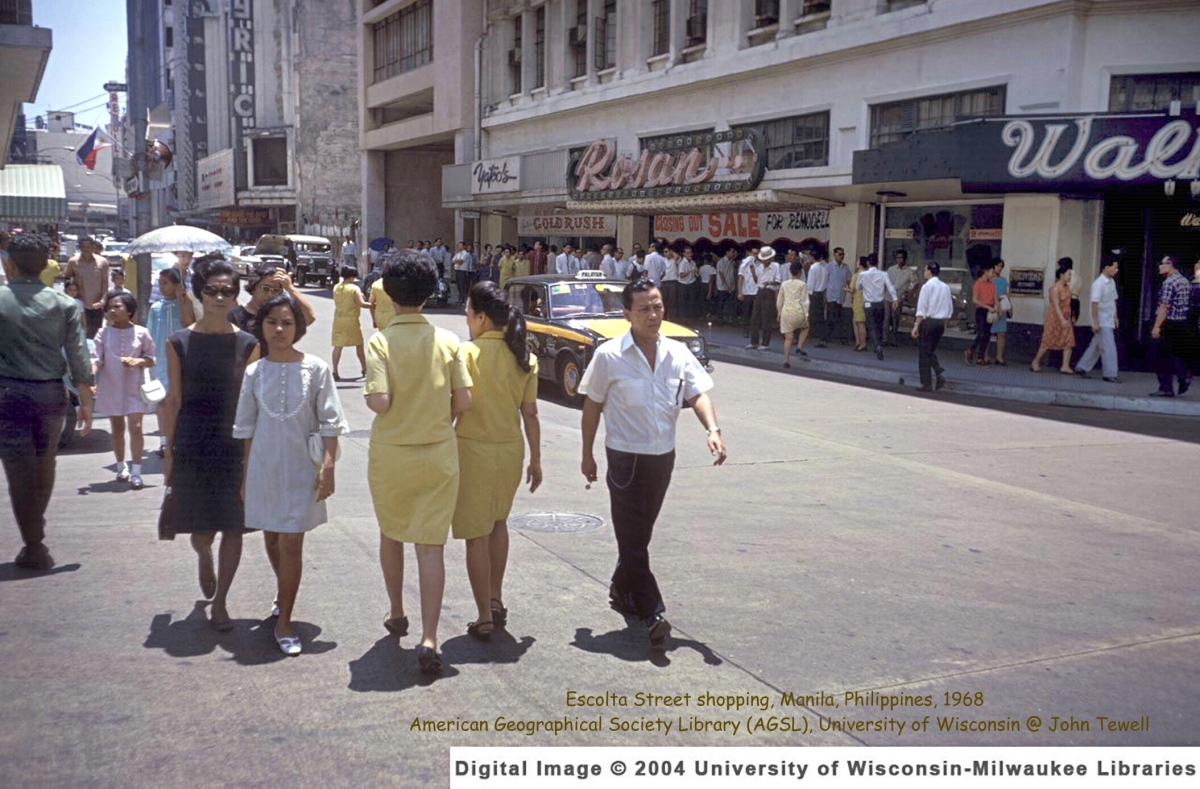
- Case Study 5
Escolta Santa Cruz district, Manila (Philippines)
Manila is the capital of the Philippines. Founded on June 24, 1571, by Spanish conquistador Miguel López de Legazpi, it is one of the oldest cities in the Philippines and was the seat of power for most of the country's colonial rulers. It is situated on the eastern shore of Manila Bay and is home to many landmarks, In 2012, the Globalization and World Cities Research Network listed Manila as a global city. The city proper is home to 1,780,148 people in 2015.
Escolta Santa Cruz (or simply “Escolta”) has been the subject of numerous revitalization efforts in the city of Manila. Once the premier shopping district in the city before the war, the street and its environs have a long history. Established by the Spaniards in 1594 and later peopled by merchants and vendors because of its proximity to the Pasig River, it soon had trading houses and buildings dedicated to shopping and leisure. At present, it is home to several historic buildings and adjoins Chinatown and Quiapo in Sta. Cruz district. The Manila Planning and Development Office of the local government has assigned the street as one of three crucial revitalization ‘corridors’ in this part of the city. Many Manila residents like myself would have recollections of the area teeming with varied commercial activities and a mix of people: peddlers and itinerant vendors, the first fast food restaurants, the pious from two nearby churches, the stores of Chinatown, to name a few.

Escolta Manila - circa 1910 (Retro Pilipino, Manila Nostalgia)
In recent years, these activities centered mostly on heritage efforts, with culture and culture based activities as main drivers of conservation. One acutely observes that the creative industries have been the primary engine of redevelopment and urban revitalization in Escolta; with the lease of the First United Building spaces to creative outfits and initiatives, alongside public art projects to do with the Pasig river, and projects initiated by 98B (a laboratory-artist collective). At surface, these may appear efficacious methods to draw people back to this once-derelict area. What may not be readily apparent is the eventual easing in of a new transient, and more loosely formed community, and the flushing out of old neighborhoods. The case study will explore the dynamics between these two forms of contingent urban social formations.

Escsolta St - 1945, post-Battle of Manila (Paul Eric Darvin, Manila Nostalgia)
Escolta may very well be in the early and successful stage of gentrification and the scale with which contemporary art initiatives are subsumed into the scheme is remarkable, if not to say alarming. Escolta and its environs may be a good case study for the ‘uses of art in redevelopment’ (to quote urban theorist Rosalyn Deutsche) but in a context specific to Manila and perhaps, the rest of Southeast Asia. On the other hand, this attribute may also prove to be an engaging point of departure for assessment and art critical inquiry.

Escolta - 1968 (Tewell)
Escolta as case study can provide a good contrast to comparable districts in Manila, Intramuros (a combination of state-sponsored and private initiatives) and Sta. Ana (civil society driven with aid from private enterprise, heritage advocates and local government). It may also illustrate a model of entrepreneur-driven model of art practice that converses, in both advantageous and disadvantageous ways, with the spaces of the contemporary city.



